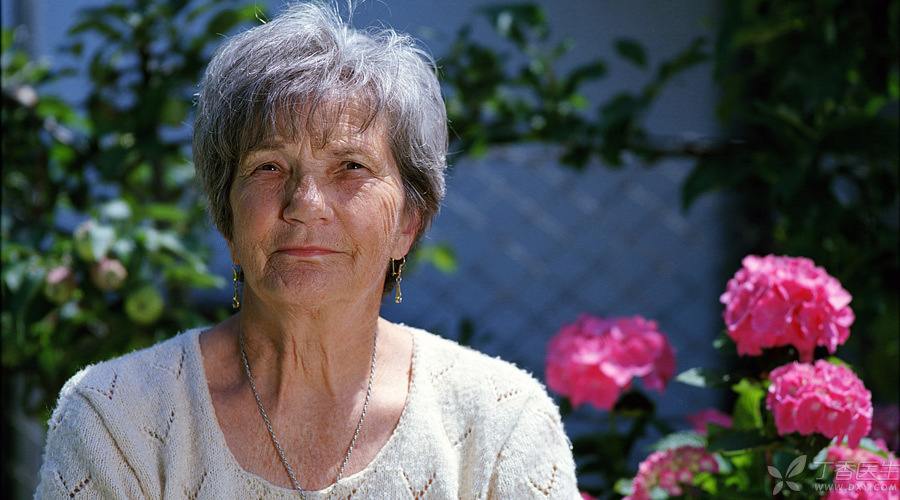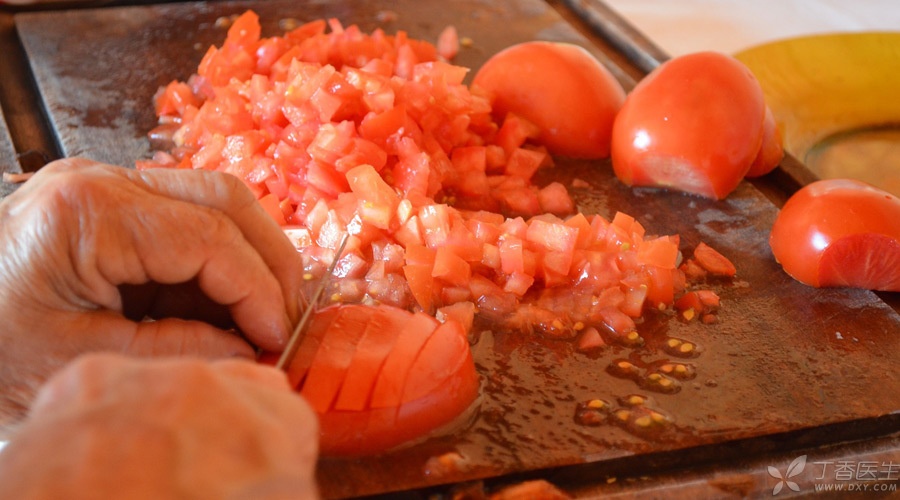
For patients with Alzheimer’s disease, it is especially important to ensure the safety of the room.
So for the patient’s family members, how can we create a safe and comfortable home environment for the family members? Why don’t you take a look at this [guide]?
Entrance hall
-
Ensure that the gate and porch are clean and tidy, and do not pile up sundries.
-
Install voice-activated or induction lights to make it safer to see the road clearly.
-
Ensure that the door lock is safe and convenient to open quickly in case of emergency.
-
Regularly check the stair walkway and the slope surface at the entrance of the building to ensure the safety handrail is stable;
-
Put a sign on the door to reduce unnecessary disturbance.
Kitchen
-
Install children’s safety locks on cabinets or drawers where glasses and ceramic tableware are placed;
-
Household washing products, matches, knives and scissors must be locked when not in use.
-
The seasonings in bottles and cans are put in the cabinet and put away, and it is best to lock them.
-
Install a safety protective cover on the switch of the gas furnace;
-
Throw away or replace kitchen utensils or electrical appliances that are not convenient, inconvenient and may have potential safety hazards;
-
Do not decorate with all kinds of fake fruits or vegetables, so as not to treat patients as real.

Bedroom
-
The height of the bed is based on the standard that the patient can go up and down safely and easily.
-
You can put a carpet beside the bed, and be careful not to choose those who trip easily.
-
It is better to install a bedside lamp, or to install a bedroom lamp switch beside the bed, or to install a nightlight.
-
If necessary, install a wireless monitor;
-
The road between the bedroom and the toilet, it is best not to put what, install nightlight.
Bathroom/toilet
-
Throw away the small floor mat to prevent tripping.
-
Lay a floor mat about the same size as the whole bathroom area, and it is best to stick it on the floor to prevent slipping.
-
Install some handrails on the wall so that they can enter and leave the bathtub safely and conveniently.
-
Don’t use towel racks instead of safety handrails. They are usually not firm enough and it is not recommended to make up the number.
-
Install a switch for mixing cold and hot water, because the switch that separates cold and hot water is easy to cause scalds.
-
The temperature of the water heater is preferably set at about 40 ℃.
-
Place an anti-skid floor mat under the shower head in the shower room;
-
If necessary, prepare a small anti-skid bench.
-
Some handrails or small benches for sitting on the toilet are installed beside the toilet to facilitate patients to squat down and get up.
-
The bottles and cans for skin care and hair care and cleaning and disinfection in the bathroom should be locked properly.
-
Gadgets such as electric shavers should be put away and locked when they are used up.

Other
-
Smoke alarm and carbon monoxide alarm must be installed.
-
Remember to change the battery of the alarm every few months to ensure its normal operation.
-
It is best to avoid using electric heaters, electric blankets and other heating equipment at home.
-
When heating equipment must be used, be sure to stay away from carpets, curtains, wooden furniture or old newspaper piles.
-
The patch board is usually put away, and it is better to plug in the protective cover when the socket is not in use.
-
Always check the wires to prevent danger caused by leakage or short circuit.
-
It is better for all kinds of electrical appliances to be close to the socket, or to stick too long wires to the ground with adhesive tape.
-
Stick stickers or window grilles on glass doors, windows and glass furniture to prevent patients from being injured.
-
Sprinkle water on the tile floor and dry it in time to prevent the floor from slipping.
-
A large piece of paper with 110, 120, 119 and contact information of family members is pasted beside all landlines in the home.
